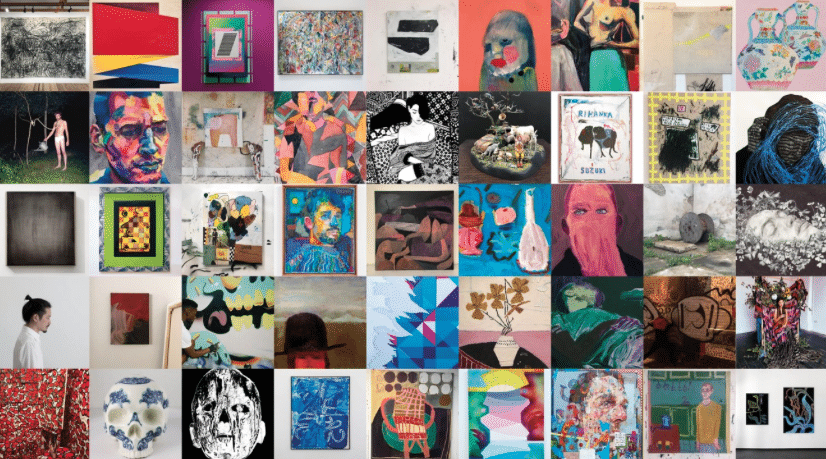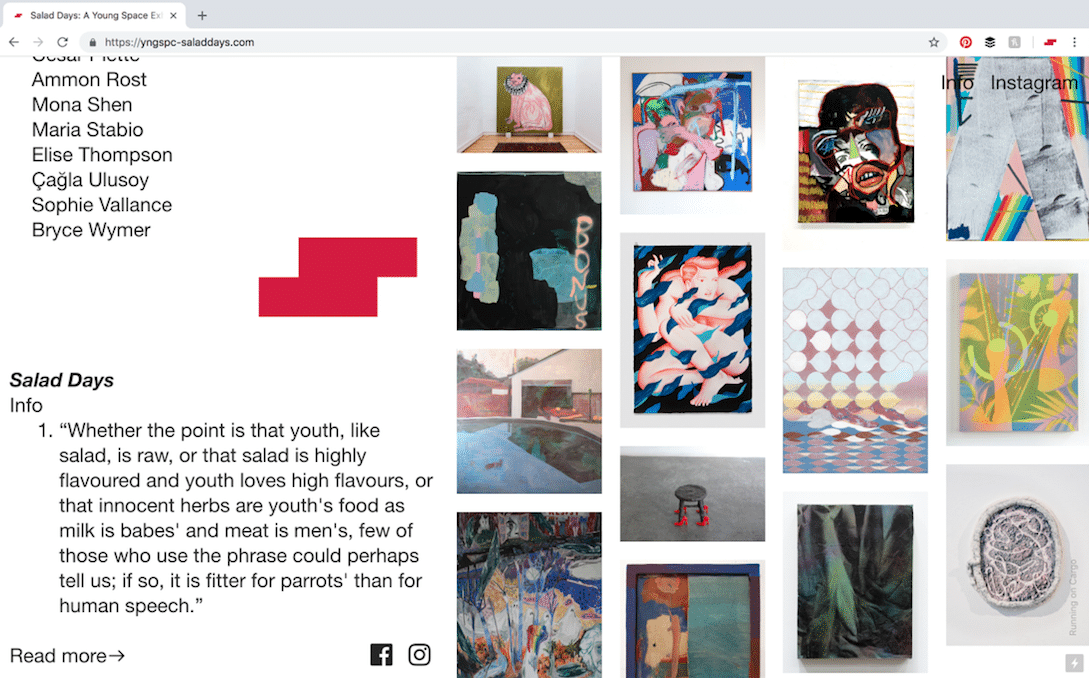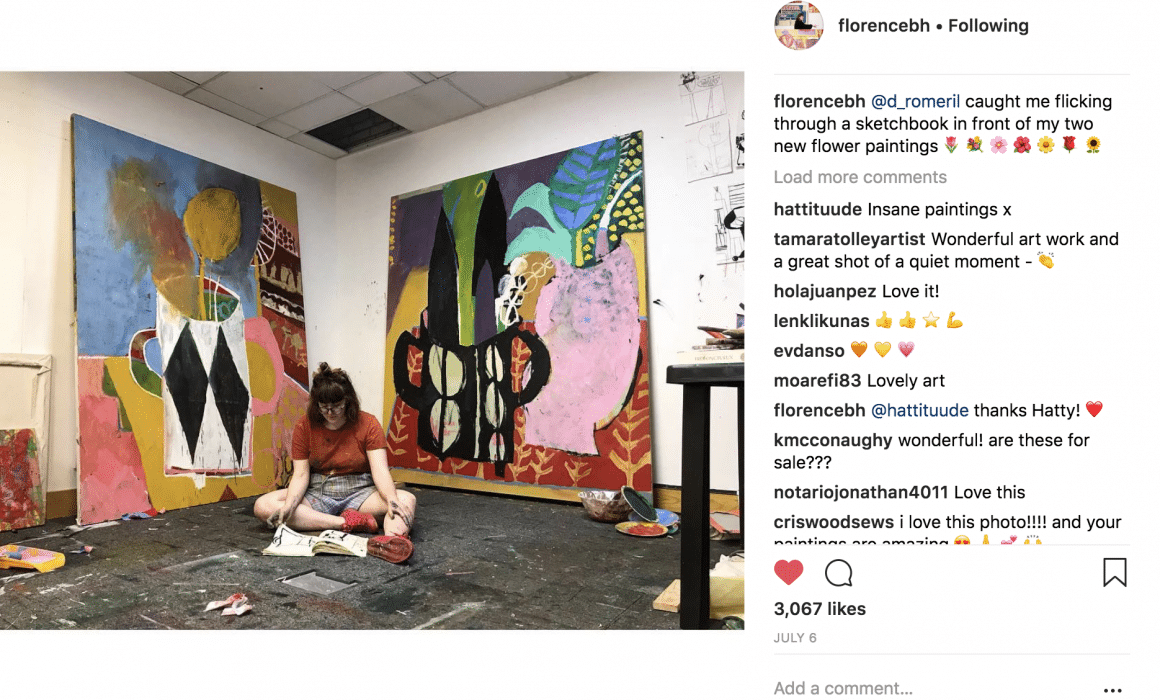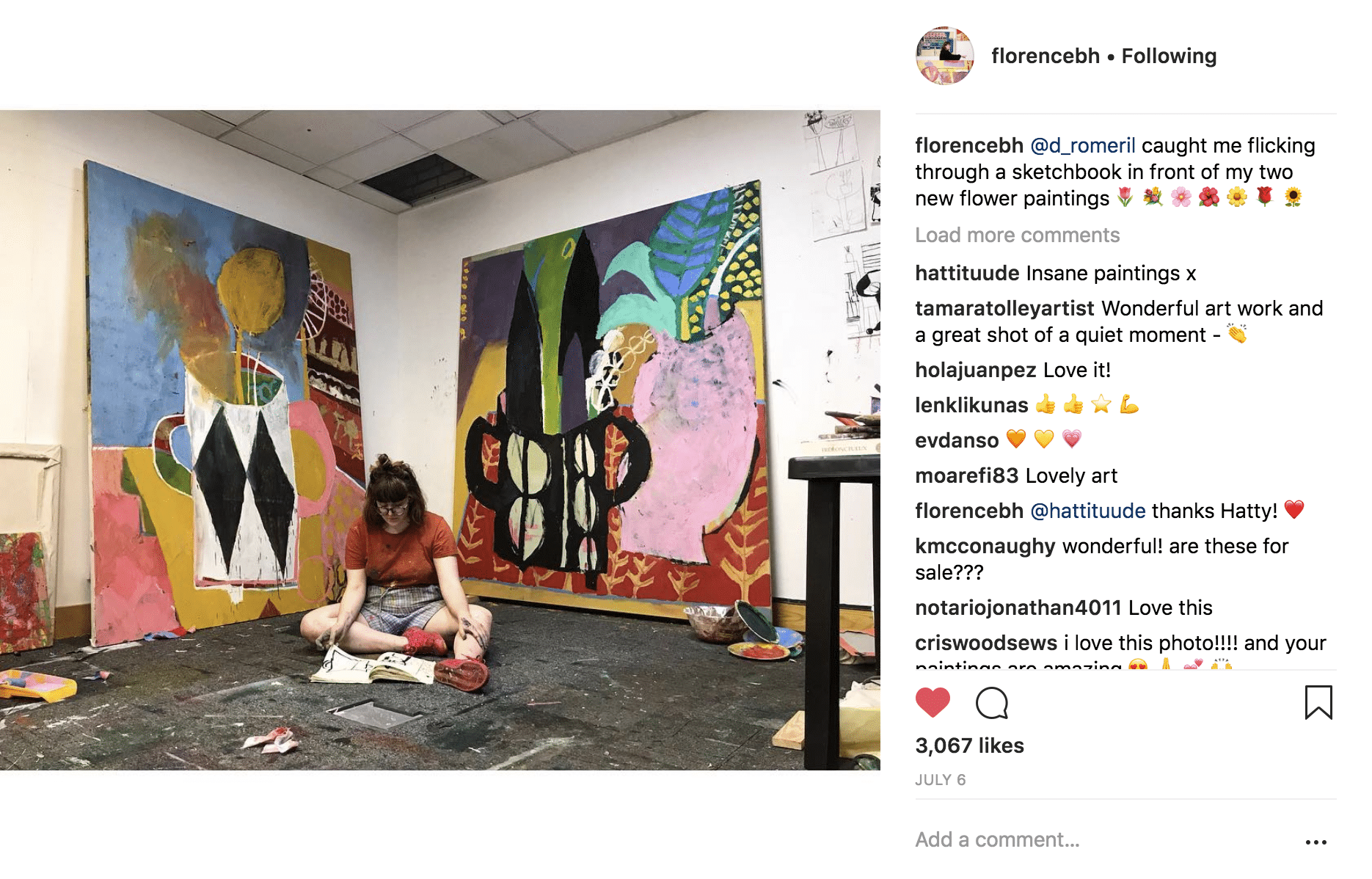We asked 40 artists what is the one book they wish everyone would read, here are their answers…
Paul Weiner (@POWeiner) – The book that I’m writing and releasing in about twenty years. Keep your eyes peeled, friends.
Charley Peters (@CharleyPeters) – ‘A Room of One’s Own’ by Virginia Woolf. It shows really well how artists need space and time to be creative – because only once we have that we can discover the truths in ourselves and what that means for our work.
Remi Rough (@RemiRough) – The Hagakure
Jonny Green (@JonnyGreenArt) – The Mass Psychology of Fascism by Wilhem Reich. Written in 1933. Happening in a country near you right now. The politics of the sexually repressed.
Richard Stone (@Artist_Stone) – The Last Wave by Gillian Best, its a great book, a love story to the sea and ahem, it was inspired by a painting of mine of the same name.
Kevin Perkins (@Kevin_Perkins_) – In Watermelon Sugar – Richard Brautigan
Sally Bourke (@Justondark) – The god of small things.
Lee Johnson (@LeeJohnson.eu) – Knut Hamsun’s Hunger
Jenny Brosinski (@Jenny_Brosisnski) – Le petit prince
Andy Dixon (@Andy.Dxn) – Balzac’s Lost Illusions.
Klone Yourself (@KloneYourself) – 100 years of solitude.
Daisy Parris (@DaisyParris) – Nasty Women – a collection of essays and accounts on what it is to be a woman in the 21st century
Jake Chapman (@JakeChapmaniac) – Accursed Share.
Tom Anholt (@TomAnholt) – The Hypnotist, Laurence Anholt
Spencer Shakespeare (@SpencerShakespeare) -The book of John.
Hayden Kays (@HaydenKays) – ‘Happy’ by Derren Brown. It’s witty, informative and hugely rewarding. I’d go so far as to say, a life changing read.
Andrew Salgado (@Andrew.Salgado.Art) – Susan Orlean’s ‘The Orchid Thief’ is about obsession, and its non-fiction, and its brilliant. thats my first pick. a much more obvious choice for artists would be Art/work by Heather Bhandari as its like, ‘everything you need to know yesterday about an art career’.
Benjamin Murphy (@BenjaminMurphy_) – In Search Of Lost Time by Marcel Proust. He understood the human condition better than anyone else, and most of what you could ever want to learn about life is contained within ISOLT.
Richie Culver (@RichieCulver) – Floyd Mayweather’s autobiography.
Jordy Kerwick (@JordyKerwick) – The Rum Diary – Hunter S Thompson
Danny Romeril (@D_Romeril) – JG Ballard; Cocaine Nights, Crash and Empire of the Sun
Florence Hutchings (@FlorenceBH) – The Handmaid’s Tale by Margaret Atwood
Soumya Netrabile (@Netrabile) – I think Interviews with Francis Bacon by David Sylvester is essential for every artist. Bacon deftly elucidates some of the important nuances of the art making process in response to Sylvester’s brilliant questions.
Luke Hannam (@LukeHannamPaintings) – Matisse -The Life of a Master by Hilary Spurling
Hedley Roberts (@HedleyRoberts) – One book? Phew. That’s tough. Either Brave New World by Huxley, or Narcissus and Goldmund by Hesse.
Matthew Allen (@Matthew__Allen) – I would recomend everyone to read the poetics of space, by Gaston Bachelard. Its a beautiful read and lead me to a deeper appreciation for the everyday spaces that I move through and dwell in.
Nick JS Thompson (@nickjsthompson) – The very hungry caterpillar.
Neva Hosking (@NevaHosking) – I reckon To kill a Mockingbird is always required reading.
Justin Long (@_JustinLong) – #wherethewildthingsare
Erin Lawlor (@TheErinLawlor) – Slaughterhouse 5, Kurt Vonnegut.
Justin Lee Williams (@ArtJLW) – To many to mention, but I would start with all the major religious books, I’m not religious but it does give a understanding to why humanity is so fantastic and fucked at the same time
Wingshan Smith (@wingshansmith) – Everyone should read what they want.
Fiona Grady (@Fiona_Grady) – “We Should All Be Feminists” by Chimamanda Ngozi Adichie – I think the title is pretty self explanatory. The aim of the essay is to remove the negative associations of the word feminism and embrace the idea of believing in equal rights.
Obit (@LazyObit) – Mr Bump by Roger Hargreaves. No matter how many knocks you take and how shit you are at life in general you’ll eventually find something that is perfect for you if you stay positive.
Anthony Cudahy (@AnthonyCudahy) – Paradise – Toni Morrison
Johnny Thornton (@_JohnnyThornton) – Simulacra and Simulation by Jean Baudrillard. It really opened me up to a lot of interesting ideas when I was a bit younger and some of those ideas still resonate with me today
Magnus Gjoen (@MagnusGjoen) – The Prince by Machiavelli.
Jesse Draxler (@JesseDraxler) – Freedom From Anger – a book I lend ppl, who then want to keep it. I’m on my sixth copy.
Martin Lukac (@Martin.Lukac) – Kamasutra
Mevlana Lipp (@Mevlana_Lipp) – “The color of magic“ by Terry Pratchett.





